Microplastics are present in our air, water, and food. Scientists say that humans are unknowingly ingesting tens of thousands of microplastic particles from food every year.
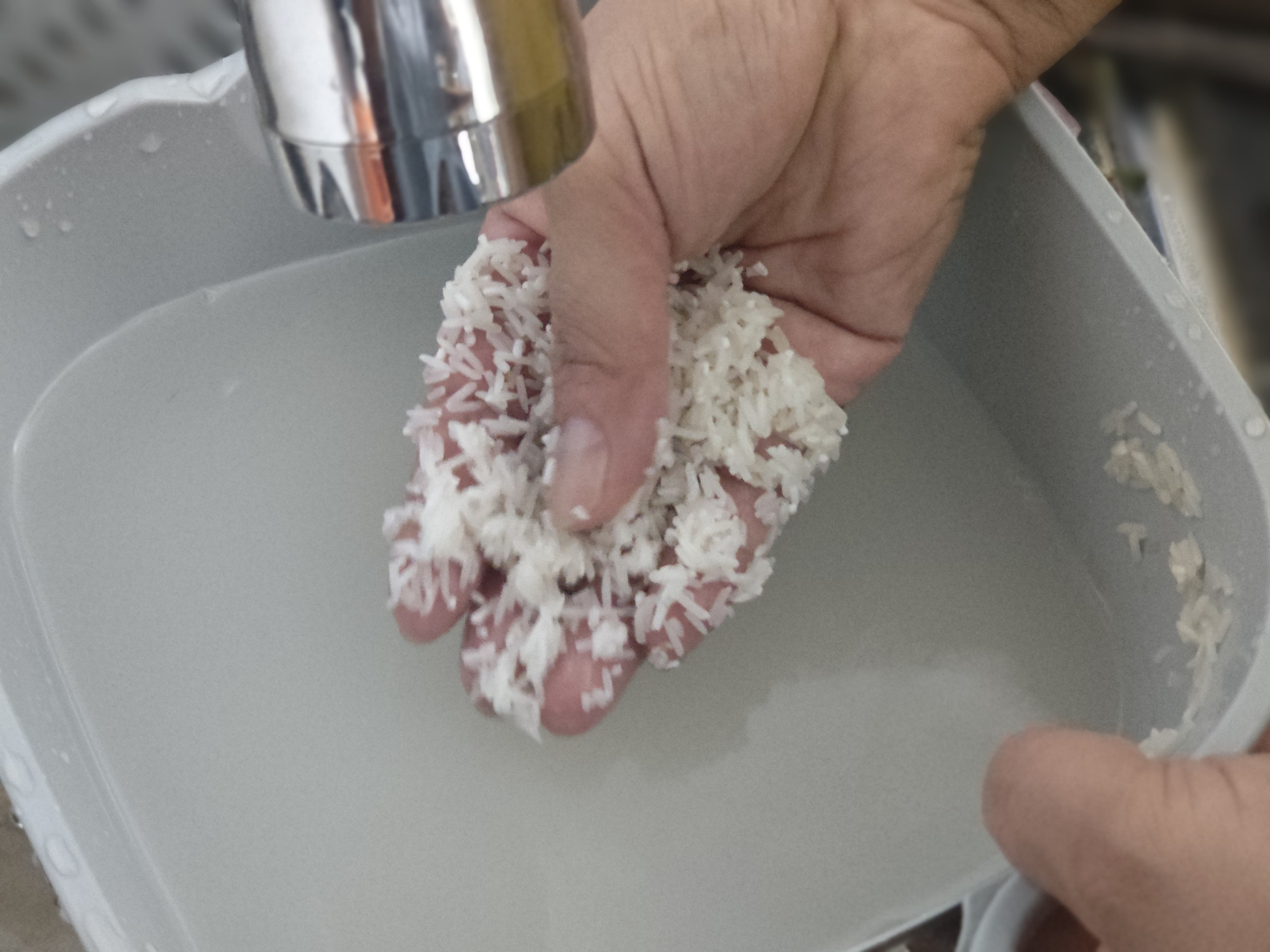
Rice may contain microplastics during the production process - Illustration: D. LIỄU
Microplastic particles silently infiltrate food.
According to scientists, microplastics are pieces of plastic smaller than 5mm in size. However, the majority of microplastics exist at the micrometer level, and there are also microplastics as small as nanoparticles with a diameter smaller than 0.001mm.
Dr. Nguyen Huy Hoang, head of the hyperbaric oxygen therapy department at the Vietnam-Russia Tropical Center, said that microplastic particles are so small that they cannot be seen with the naked eye, so we often ingest them without even knowing it.
Microplastics are present in our air, water, and food. Scientists say that humans are unknowingly ingesting tens of thousands of microplastic particles from food every year.
Even healthy foods like rice contain microplastics. Microplastics contaminate rice during processing, production, and packaging, according to Dr. Huy Hoang.
According to a study from the University of Queensland (Australia), people swallow at least 3-4mg of microplastics for every half cup of rice we eat.
Associate Professor Dr. Nguyen Duy Thinh, a food technology expert, said that agricultural production currently uses many plastic products such as: soil mulch film, packaging for seeds and fertilizers...
The reason is that plastic products have many advantages: they are lightweight, durable, and inexpensive. This causes microplastics to gradually accumulate in agricultural soil and enter the human body through the food chain.
The expert stated that the presence of microplastics in rice is possible, especially given the enormous amount of plastic waste in Vietnam. Managing and processing plastic waste is a challenge for authorities.
Reducing microplastics in rice
According to Doctor Hoang, to reduce microplastics in rice, people can do something very simple: wash the rice. Washing rice can remove microplastic particles that adhere to the surface of the rice during transportation and packaging. Washing rice also helps remove sand, pebbles, bran, dust, and dirt particles present in the rice.
Additionally, rice contains very small amounts of inorganic arsenic, and washing it helps reduce this substance. Washing rice before cooking also helps the cooked grains become softer and less sticky.
According to scientists from the University of Queensland, the University of Cagliari (Italy), and the University of Amsterdam (Netherlands), rice should be rinsed in the age of microplastic pollution, because rice itself can be contaminated with microplastics.
Washing rice can help remove up to 0.9mg of plastic contamination per 100g of rice.
In 2019, the World Health Organization (WHO) recommended further research into the harmful effects of microplastics on human health.
Recent reports by scientists on the health effects of microplastics indicate that brain edema and congestion are consequences of microplastic accumulation. Microplastics cause oxidative stress and are toxic to human cells, causing cytotoxicity in brain cells and epithelial cells.
Microplastics also directly affect metabolic processes by altering metabolic enzymes or causing energy imbalances.
In addition, neurological disorders, attention deficit hyperactivity disorder (ADHD) in children, autism, mental illnesses, and cardiovascular diseases have also been shown to be linked to microplastics.
Source: https://tuoitre.vn/cach-nao-giam-vi-nhua-trong-bua-an-hang-ngay-20250304153057125.htm




![[Photo] Two flights successfully landed and took off at Long Thanh Airport.](/_next/image?url=https%3A%2F%2Fvphoto.vietnam.vn%2Fthumb%2F1200x675%2Fvietnam%2Fresource%2FIMAGE%2F2025%2F12%2F15%2F1765808718882_ndo_br_img-8897-resize-5807-jpg.webp&w=3840&q=75)



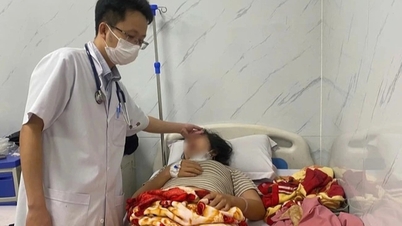





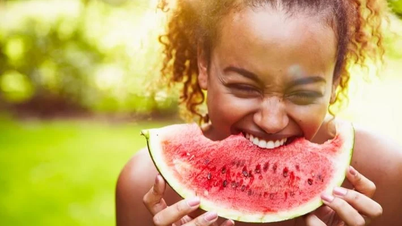
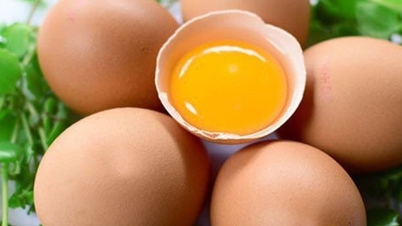


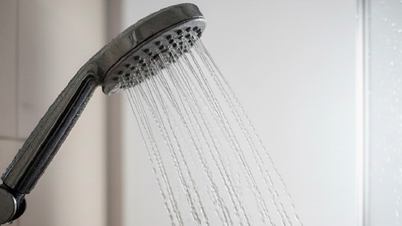

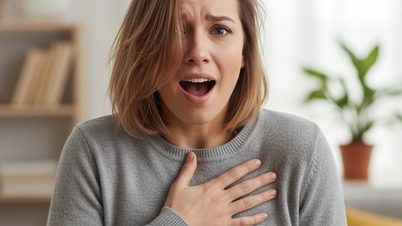
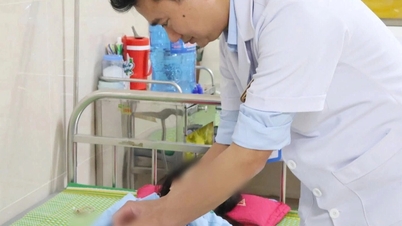

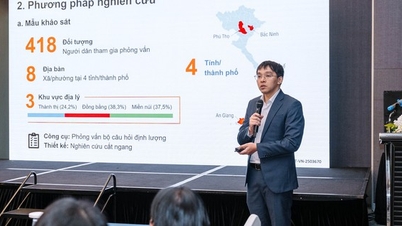


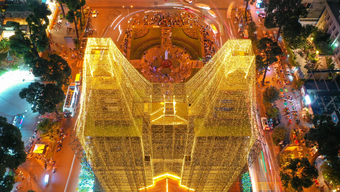
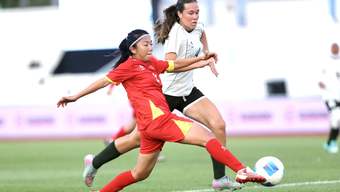





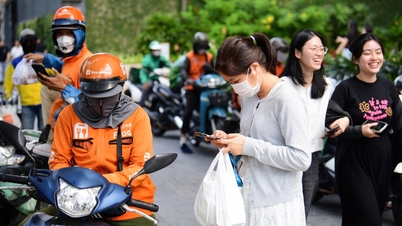

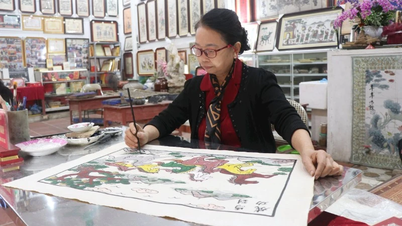




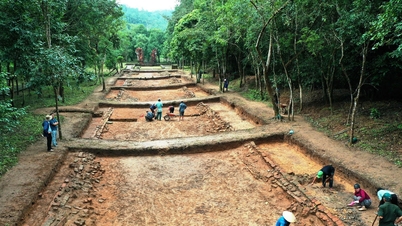










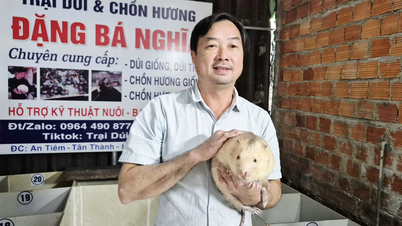

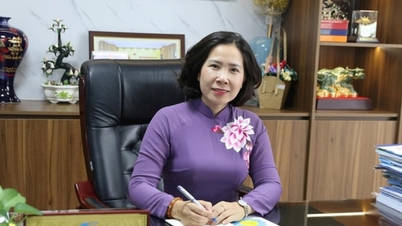



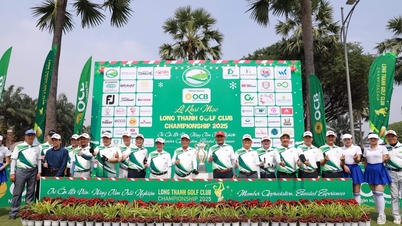


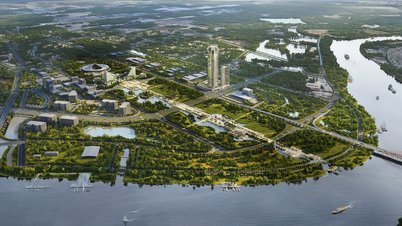


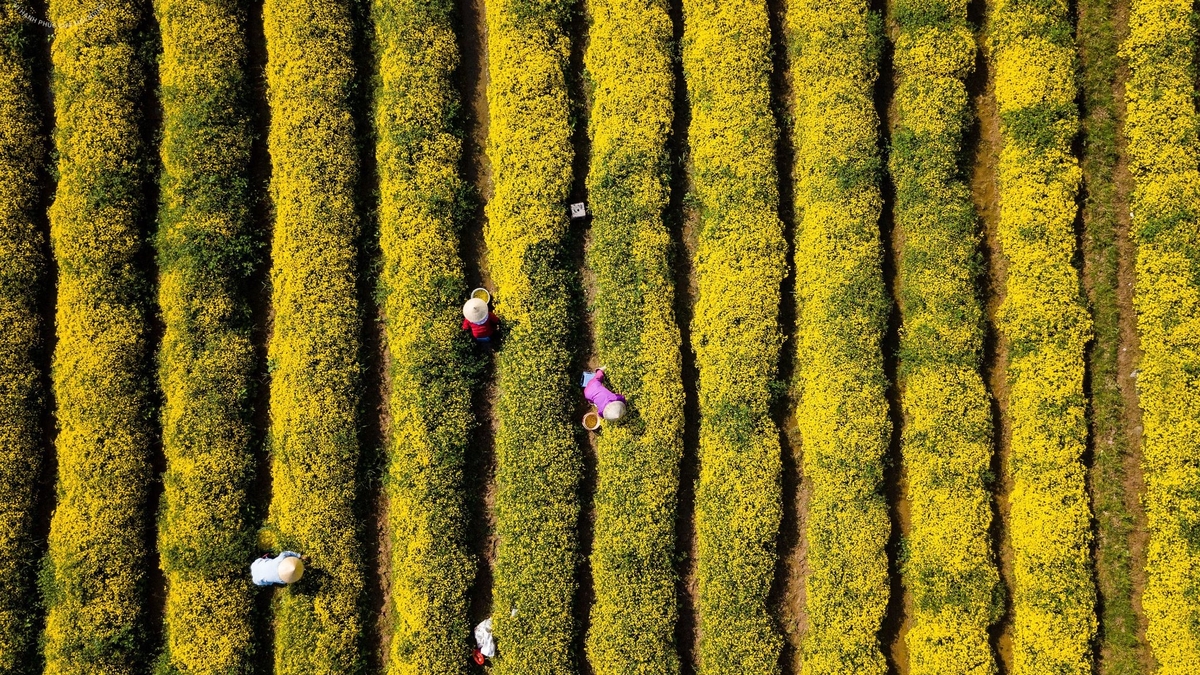









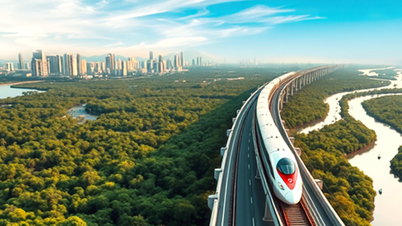
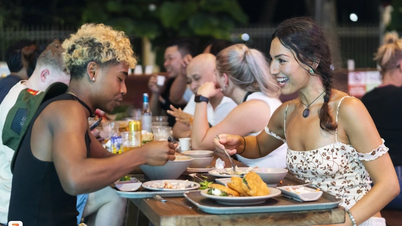












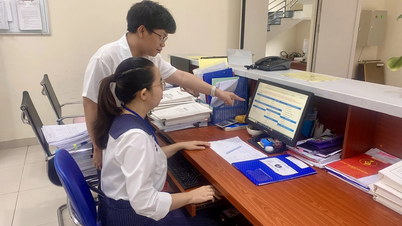


















Comment (0)